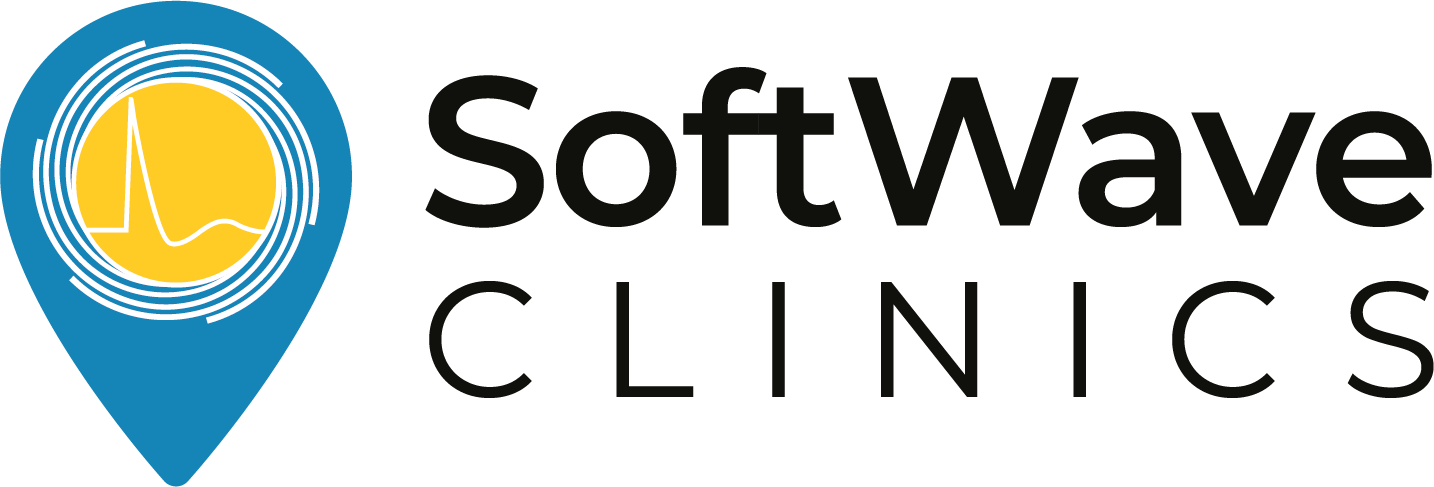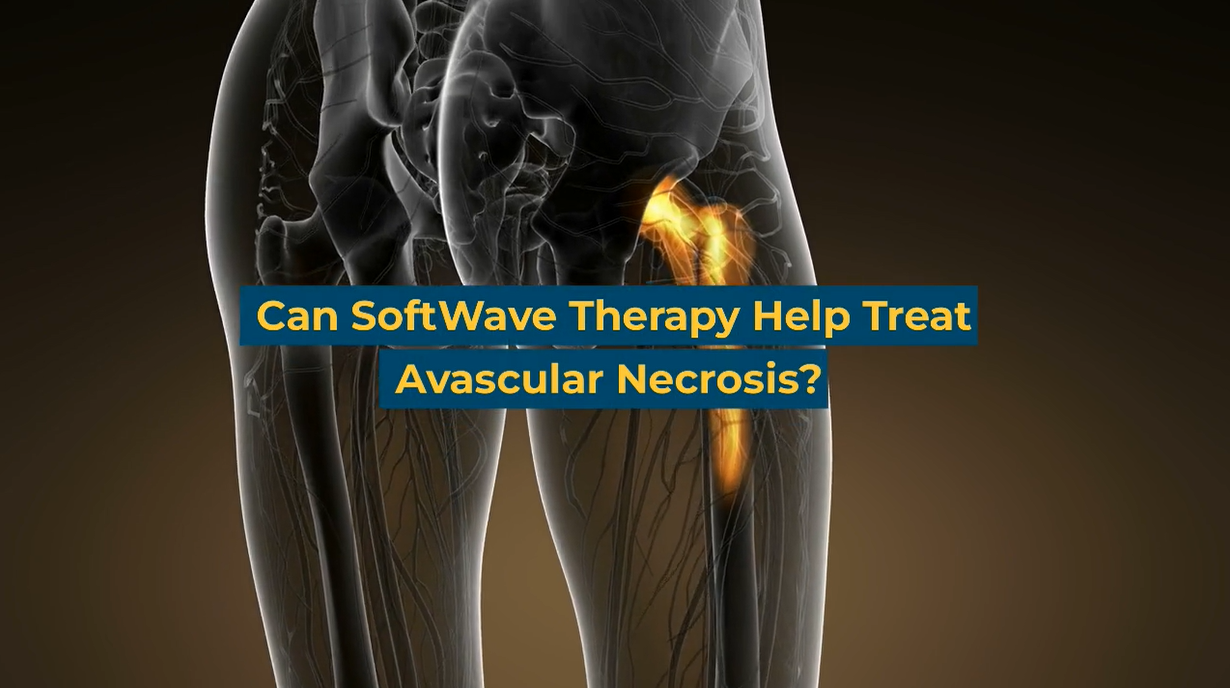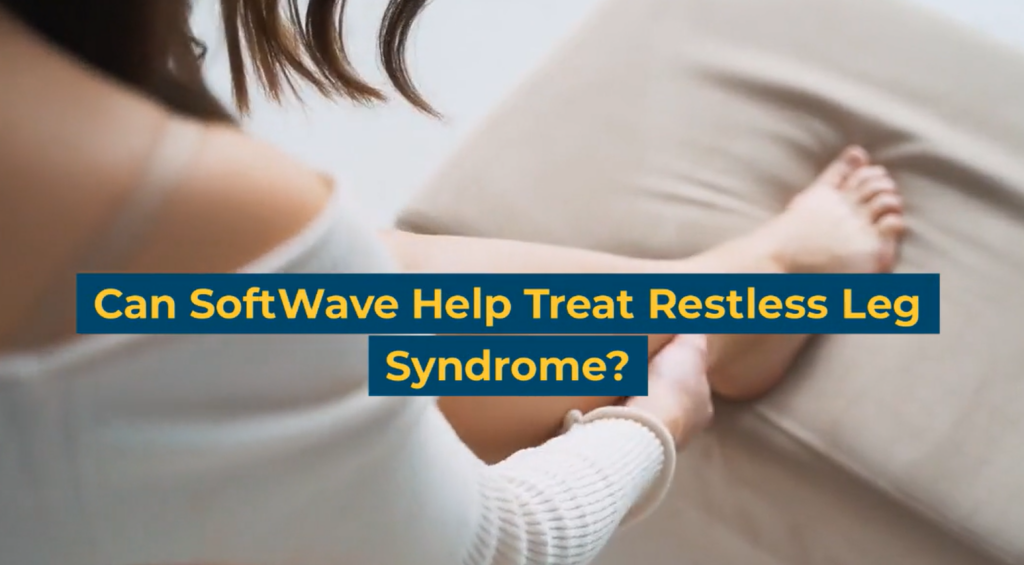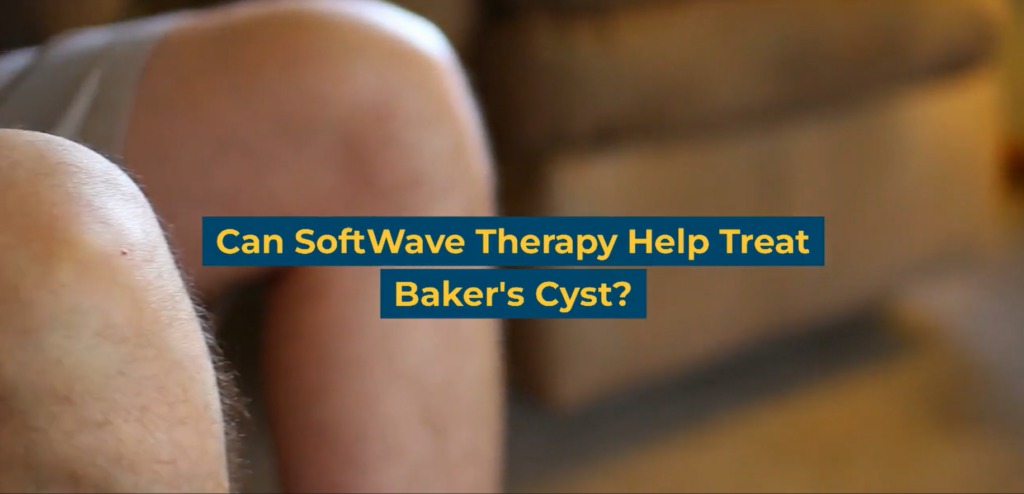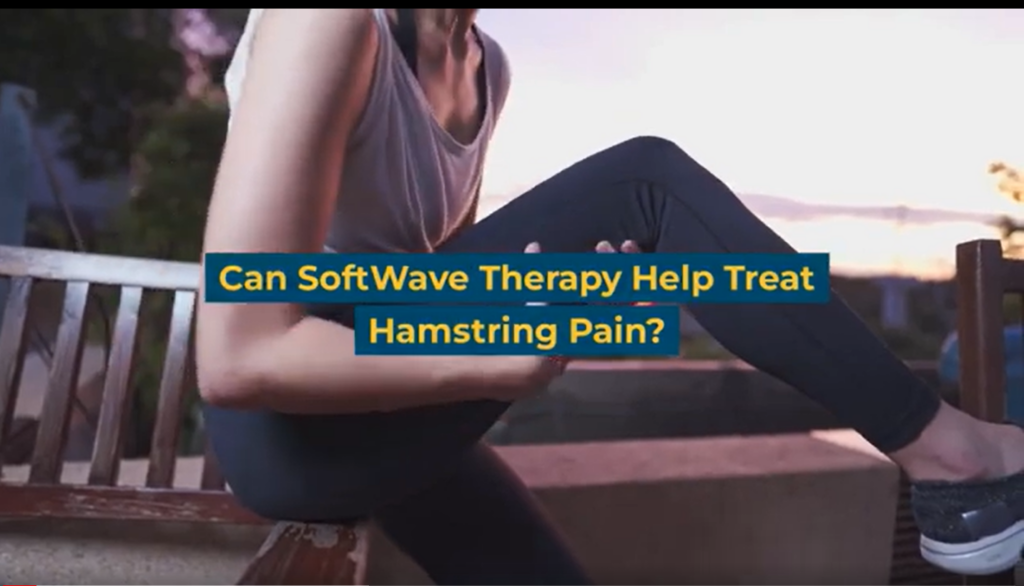Can SoftWave Therapy Help Treat Avascular Necrosis?
Avascular necrosis (AVN), also known as osteonecrosis, is a debilitating condition that occurs when blood flow to a bone is disrupted, leading to bone tissue death. This condition primarily affects the hip, knee, shoulder, and ankle joints, causing pain, limited mobility, and even joint collapse. Fortunately, regenerative therapies like SoftWave therapy show promise in the treatment of AVN. By enhancing tissue regeneration and improving blood circulation, SoftWave therapy can help revitalize the affected bone, promoting its health and well-being.
New Patient Special
Try SoftWave for just $69 at a clinic near you and learn if you’re a candidate for full treatment
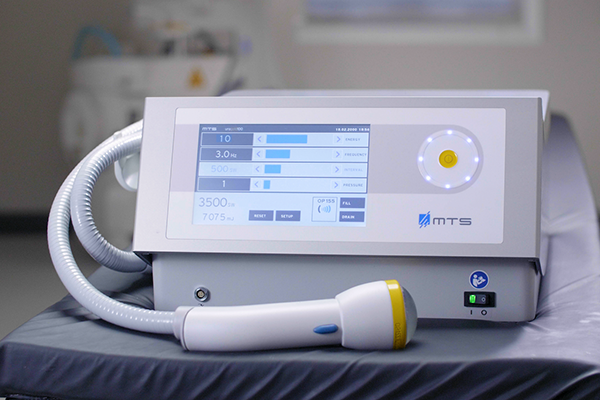
Understanding Avascular Necrosis
Avascular necrosis (AVN) is a condition characterized by the death of bone tissue due to interrupted blood supply. AVN can have various causes, but common factors include trauma, joint dislocation, long-term corticosteroid use, excessive alcohol consumption, and certain medical conditions such as sickle cell disease or lupus. The interruption in blood flow deprives the bone of necessary oxygen and nutrients, leading to its deterioration and eventual collapse.
The symptoms and stages of AVN can vary depending on the affected joint and the severity of the condition. In the early stages, patients may experience mild pain or discomfort in the affected area, which can progress to chronic pain and limited mobility as the condition worsens. As AVN progresses, the bone may collapse, resulting in more severe symptoms and potential joint deformity. The stages of AVN are typically categorized based on the extent of bone involvement and range from early-stage (pre-collapse) to advanced-stage (post-collapse) AVN.
Current Treatment Options for AVN & Its Challenges
Current treatment options for AVN aim to alleviate symptoms, slow disease progression, and improve joint function. Non-surgical approaches include pain medication, physical therapy to improve range of motion and strength, and assistive devices to reduce joint stress. In some cases, core decompression may be performed to relieve pressure and improve blood flow to the affected area. In advanced stages or when conservative measures fail, surgical interventions such as joint replacement or joint-preserving procedures like osteotomy may be necessary to restore joint function and alleviate pain. The choice of treatment depends on various factors, including the stage of AVN, the affected joint, and the individual patient’s circumstances.
Treating AVN is challenging for patients and healthcare professionals. Conventional treatments like medication and physical therapy manage symptoms and slow disease progression, but they have limitations. Medications can cause side effects, physical therapy may provide limited relief, and surgery is invasive with risks and a lengthy recovery. Therefore, there is a need for effective alternative treatments that can address AVN and improve patient outcomes.
Introduction to SoftWave Therapy and Its Potential Benefits for AVN
SoftWave therapy is an innovative regenerative treatment that utilizes broad-focused shockwaves to stimulate tissue repair and improve blood flow to the affected area. It is a non-invasive and non-surgical approach that shows promise in various conditions, including AVN. The therapy involves the delivery of low-intensity sound waves to the affected joint or bone, which triggers a biological response in the body, promoting healing and regeneration.
By harnessing the body’s natural regenerative processes, SoftWave therapy offers a potential alternative to conventional treatments for AVN.
How Does SoftWave Therapy Help Treat AVN?
SoftWave therapy offers several potential benefits in the treatment of AVN. By promoting tissue regeneration and increasing blood flow, SoftWave helps to restore vitality to the affected bone. This can potentially halt the progression of AVN, reduce pain, improve joint function, and delay or eliminate the need for invasive surgical interventions. SoftWave therapy has shown promising results in reducing pain, improving joint mobility, and enhancing the quality of life for AVN patients.
Exploring SoftWave Therapy: A Promising Approach for AVN Treatment
SoftWave therapy presents a promising alternative for the treatment of AVN, offering the potential to stimulate tissue repair and enhance blood flow to the affected bone. Considering SoftWave therapy as a potential option for AVN treatment is an important step for both patients and medical professionals in the pursuit of improved outcomes.
It is essential to approach SoftWave therapy with the understanding that its suitability may vary depending on individual circumstances and the stage of AVN. Seeking guidance from a qualified healthcare professional is crucial to determine the most appropriate treatment plan tailored to your needs.
Take the first step towards exploring SoftWave therapy as a potential treatment option for AVN by reaching out to your nearest SoftWave therapy provider today.
Disclaimer: The information provided in this blog is for educational and informational purposes only and is not intended as a substitute for professional medical advice, diagnosis, or treatment. The content provided in this blog should not be used to diagnose or treat any health problems or illnesses. Always consult with a qualified healthcare professional before making any changes to your healthcare routine or treatment plan.
New Patient Special
Try SoftWave for just $69 at a clinic near you. No drugs. No surgery. Just relief.

